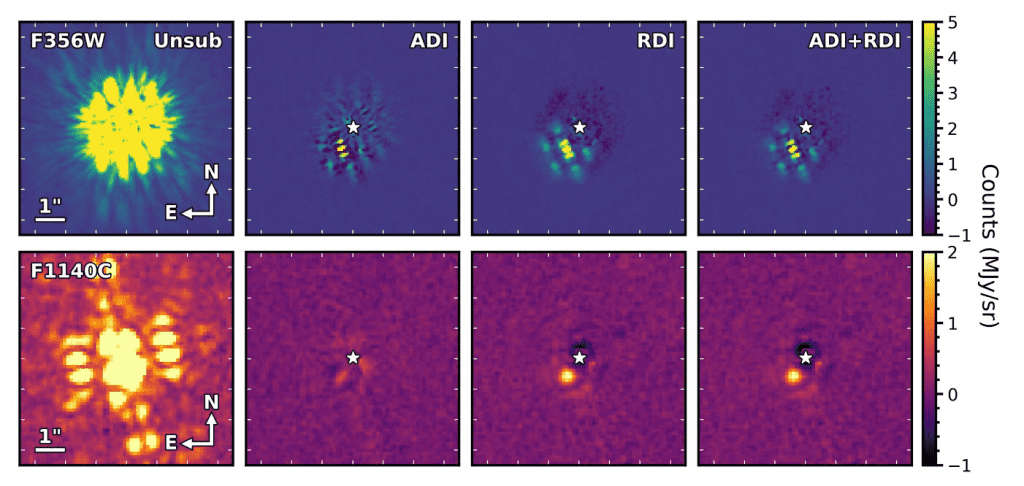The James Webb Telescope, a bastion of advanced technology, is now conquering heights and exploring new avenues after achieving a breakthrough in our solar system. JWST has done a remarkable job as it successfully captured the first direct images of an exoplanet that is located away from our solar system. Yes, you heard it right. This remarkable achievement clearly and succinctly illustrates the exceptional capabilities of JWST. This magnanimous telescope is offering more bangs for the buck and is changing the landscape of astronomy through its promising nature.
The newly discovered exoplanet by the JWST, named HIP 65426b, is about 363 light years away and is about six to twelve times the mass of Jupiter. Needless to say, the discovery of this exoplanet will now open new doors for astronomers and space scientists to delve into deeper details and come up with some thrilling facts about exoplanets. However, this was not the first time the planet has been discovered. It has to be noted that scientists first found it in 2017 through the European Southern Observatory’s Very Large Telescope in Chile.

With this telescope, the SPHERE instrument was integrated, which made the very first look of this exoplanet possible, but obviously, the images were not clear due to the interfering glow of the Earth’s atmosphere, as they are now with the one and only, James Webb Telescope. In a statement released by NASA, Sasha Hinkley, who is an associate professor of physics and astronomy at the University of Exeter, said, “This is a transformative moment, not only for Webb but also for astronomy generally.”
Getting into some more details of the exoplanet which have been revealed by the JWST, it has been found that the exoplanet is located in the constellation “Centaurus” and revolves around its star three times the distance between Neptune and the Sun. Scientists, however, are preparing to pen down these details and the specifications on paper, because this time, NASA’s JWST has got images with the tiniest of details and has also eliminated the bizarre glow that used to disrupt the image quality.

According to Aarynn Carter, who is a postdoctoral researcher at the University of California, and Santa Cruz, who led the project, stated, “Obtaining this image felt like digging for space treasure. At first, all I could see was light from the star, but with careful image processing, I was able to remove that light and uncover the planet. ” Carter further said, “I think what’s most exciting is that we’ve only just begun. There are many more images of exoplanets to come that will shape our overall understanding of their physics, chemistry, and formation. We may even discover previously unknown planets, too.”


